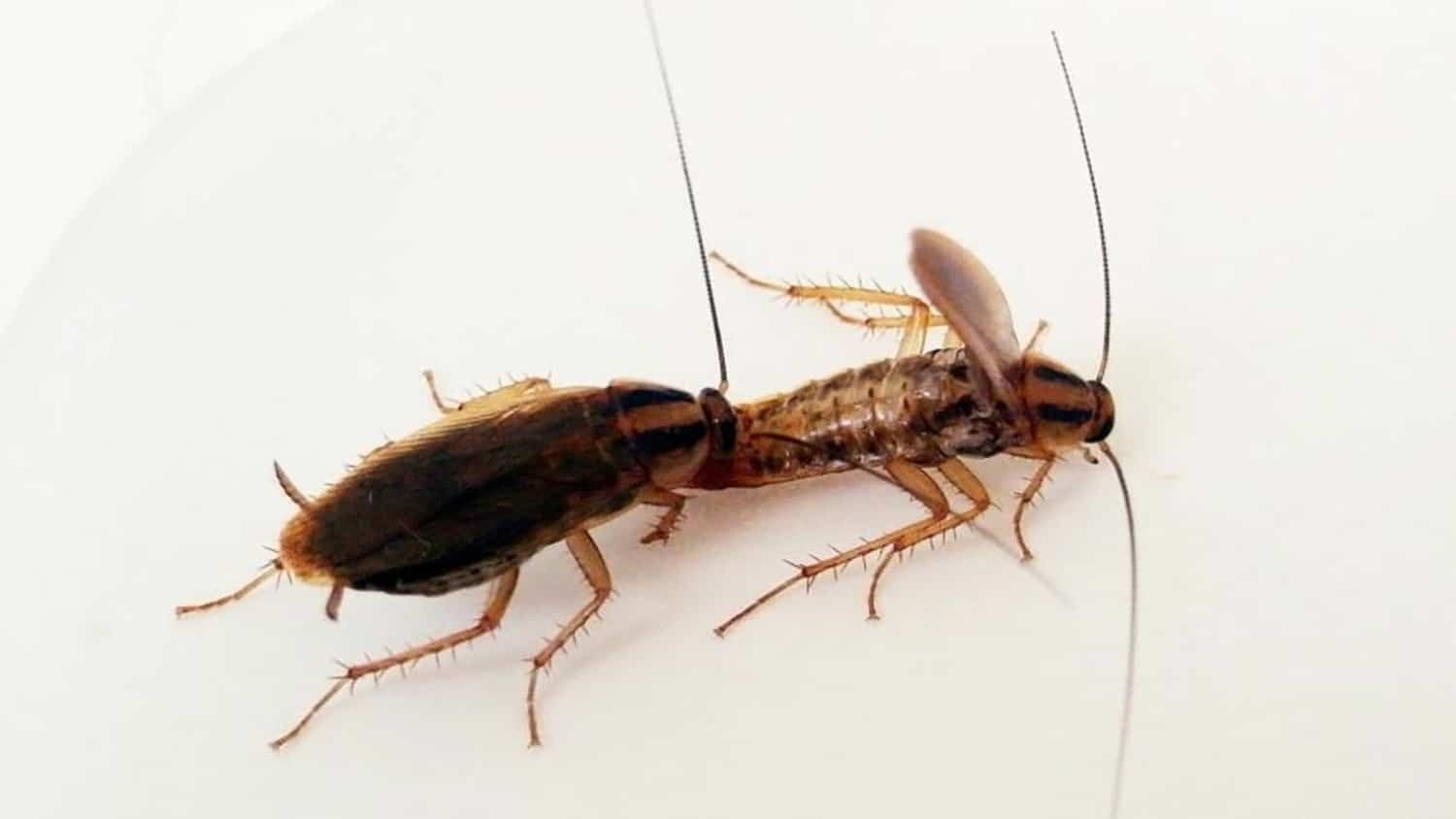Nature’s Chefs: Scientists Propose Food-Making as Means of Understanding Species Interactions

An interdisciplinary group of researchers is proposing a new way to think of some interactions between species, classifying a variety of plants, animals and fungi as “nature’s chefs.” Specifically, nature’s chefs are organisms that provide food – or the illusion of food – to other organisms. The concept offers a new perspective on species interactions, which can inform how people think about food across the tree of life as well as disparate research disciplines.
“There are many ways of classifying species interactions,” says Brad Taylor, corresponding author of a paper on the new concept and an associate professor of applied ecology at North Carolina State University. “Mutualists interact with other species to both of their benefit. Parasites rely on other species, but the other species doesn’t benefit. Predators devour other species. But the ‘nature’s chef’ concept spans members of all of these groups, with the common factor being that the relevant interactions all rely on food – or the lure of food.”
“The genesis of the idea for nature’s chefs occurred at an interdisciplinary gathering when, in response to an explanation of the evolution of fruits, a chef uttered ‘You mean to say, fruits are nature’s chefs,’” says coauthor Rob Dunn, a professor of applied ecology at NC State. “This seed of an idea led us to review and synthesize what is known about food preparation and sharing across the animal, plant and fungal kingdoms.”
The research team ultimately outlined three ways that species can produce or prepare food for other organisms: as food, as drinks or as food-like lures.
Nature’s chefs sometimes prepare food for other organisms of the same species, such as the nuptial food gifts that some species use to attract mates. For example, male cockroaches prepare a nuptial food gift for females that constitutes an important nitrogen source for the female and her eggs.
“Though it may seem odd, or even repulsive, to use cockroaches and chefs in the same sentence, a romantic dinner for two might be closest to the outcome sought by many of nature’s chefs,” says Taylor.
Nature’s chefs may also prepare food for organisms of different species, such as the fruit many plants produce to attract animals to disperse their seeds.
“It’s also worth noting that nature’s chefs include humans, and there are striking similarities between human and nonhuman chefs,” Taylor says. “For example, human chefs use the attractive plating of food or billboards to attract diners, whereas evolutionary processes have led plants to use flowers as an advertisement for their nectar.”
The nature’s chefs concept also distinguishes between organisms that produce “honest meals” versus organisms that produce “deceptive meals,” such as lures or food mimics.
Fruit is a good example of an honest meal – animals (including humans) are able to consume and benefit from the sweet or starchy fleshy material surrounding the seed. Plants, meanwhile, benefit when animals consume or defecate the seed away from the parent plant, thereby reducing inbreeding, competition, predation, and parasitism that can be higher near the parent plant.
Snapping turtles, on the other hand, are an example of species that use food mimics to deceive would-be diners. The tongue of the snapping turtle has an appendage that closely resembles an aquatic worm. The fake worm attracts organisms that eat worms to the snapping turtle’s mouth, making them prey for the turtle. In the context of nature’s chefs this is a predator-prey interaction influenced by one species, the chef, preparing a deceptive meal to obtain its food.
Discussions among research team members from disparate disciplines led to several discoveries that reinforced the concept of nature’s chefs, especially regarding similarities to human chefs.
“For example, chefs and ecologists were fascinated that both human and nonhuman chefs change the viscosity of liquids to appeal to different diners,” Taylor says. “Likewise, nature’s chefs, human and nonhuman, alter the density of foods to attract diners.”
The researchers also identified several research questions to explore in the future. For example, how does the availability of local or seasonal ingredients affect the behavior of nature’s chefs? We know that humans, and some plants and fungi, warm food as part of meal preparation. How common is that? Why are there so few fruits that smell or taste like meat?
The researchers are hopeful the nature’s chefs concept will stimulate further discussion, learning, and innovation among a diverse group of people interested in food, drink, and food-like mimics.
“Nature’s chefs can provide another way to organize our spectacularly diverse world and also a way to bring people together from disparate disciplines to make new discoveries,” says Taylor.
The paper, “Nature’s Chefs: Uniting the Hidden Diversity of Food Making and Preparing Species Across the Tree of Life,” is published in the journal BioScience. Co-authors are Bradley Allf, Skylar Hopkins, Rebecca Irwin, Michelle Jewell and Lauren Nichols of NC State; Omer Nevo of the German Centre for Integrative Biodiversity Research and Friedrich Schiller University Jena; Nabila Rodríguez Valerón of Alchemist ApS and Mondragon Unibertsitatea; Joshua Evans of the Novo Nordisk Center for Biosustainability; Pia M. Sörensen of Harvard University; and Robert Dunn, of NC State and the University of Copenhagen.
-shipman-
Note to Editors: The study abstract follows.
“Nature’s Chefs: Uniting the Hidden Diversity of Food Making and Preparing Species Across the Tree of Life”
Authors: Brad W. Taylor, Bradley Allf, Skylar R. Hopkins, Rebecca E. Irwin, Michelle Jewell and Lauren M. Nichols, North Carolina State University; Omer Nevo, German Centre for Integrative Biodiversity Research and Friedrich Schiller University Jena; Nabila Rodríguez Valerón, Alchemist ApS and Mondragon Unibertsitatea; Joshua D. Evans, Novo Nordisk Center for Biosustainability; Pia M. Sörensen, Harvard University; and Robert R. Dunn, North Carolina State University and the University of Copenhagen
Published: April 19, BioScience
DOI: 10.1093/biosci/biad026
Abstract: There may be no such thing as a free meal, but many species have evolved mechanisms for other species to consume the literal fruits of their labors. In the present article, inspired by a chef’s recognition that such species are “nature’s chefs,” we consider food-making species from the plant, animal, and fungal kingdoms, which produce food or mimic food to increase their own fitness. We identify three ways that species can produce or prepare meals—as food, drinks, or lures—and further distinguish between those providing an honest meal and those deceiving consumers with food mimics. By considering these species holistically, we highlight new hypotheses about the ecology and evolution of the widespread phenomenon of organisms that produce food for other organisms. We find surprising and useful generalities and exceptions among species as different as apple trees and anglerfish by examining species interactions across taxa, systems, and disciplines.
This post was originally published in NC State News.
- Categories:


